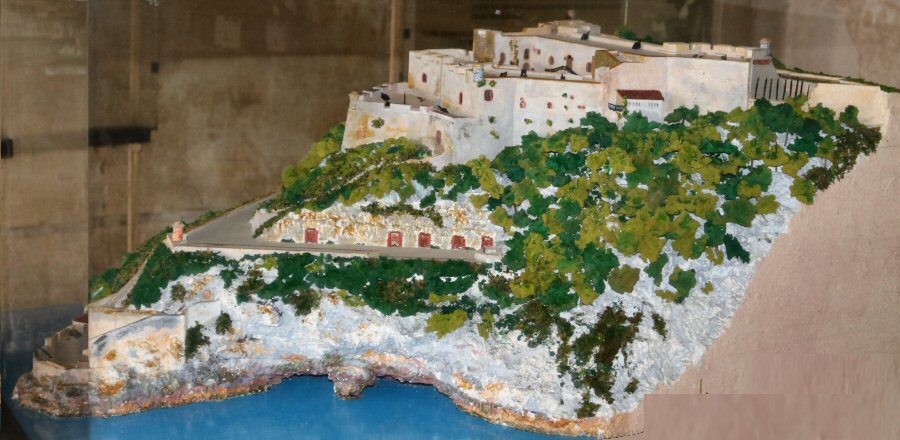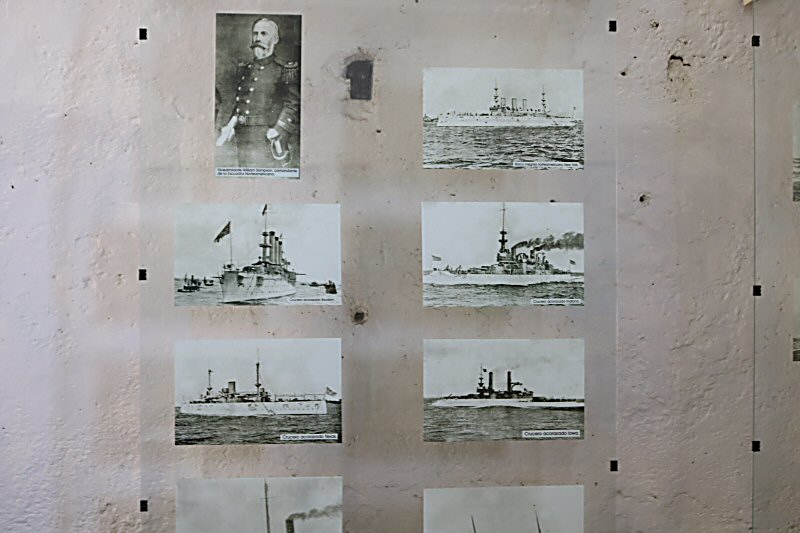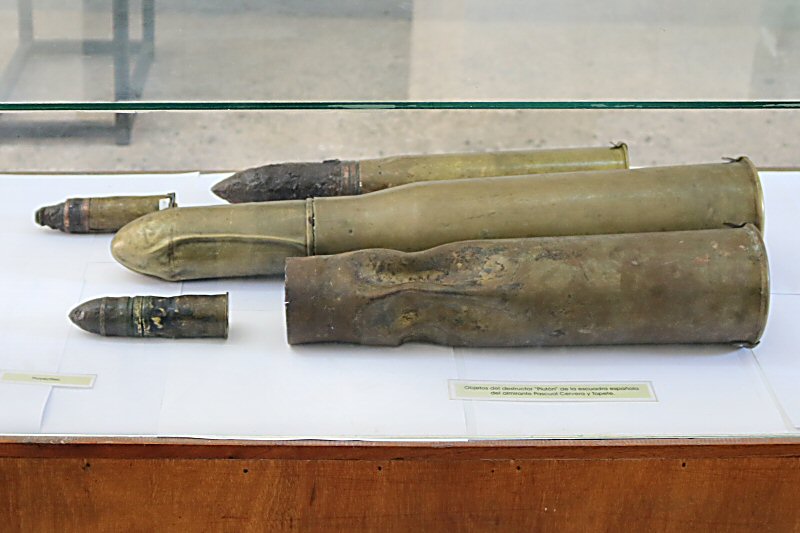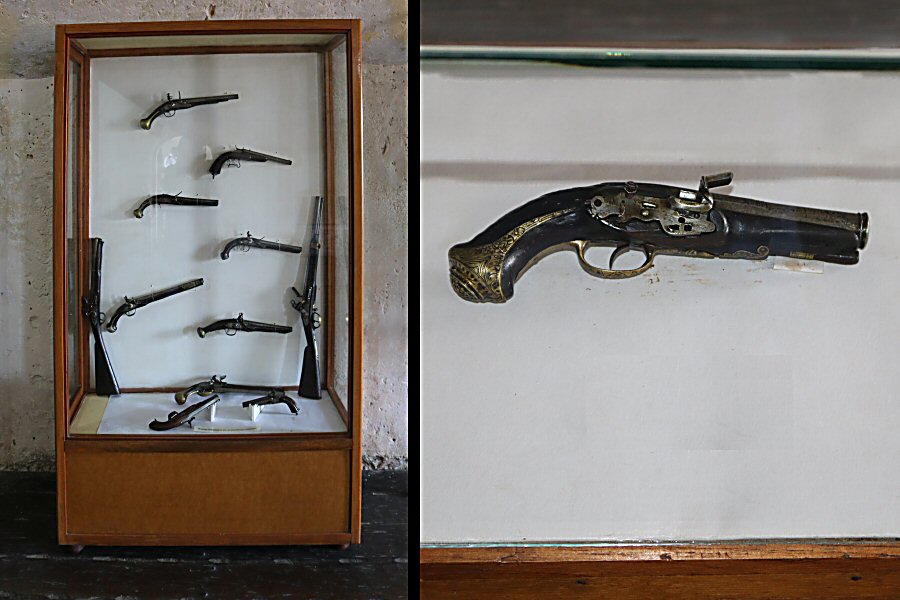
MUSEO DE LA PIRETERÍA
A museum, exhibiting only the objects of the piracy, was opened in the castle in 1978. Later it was converted to a museum that was covering all the historical aspects related to its environment, so that it changed its name to Castillo de Morro Museum San Pedro de la Roca.
Museo de la Piratería has several permanent exhibition rooms that give detailed explanation about that what has happened in the history of the castle since it was constructed in 1638. In the exhibition room where the different stages of the construction of the castle was narrated on panels, the model of the fortress enables us to see all the details of the castle, including its perfect adaptation to the topography of the area. In the exhibition room of piracy, the visitors discover the fascinating world of the corsairs and the pirates from its origins. The room content reviews us the main pirates, including the French Jacques de Sores and the English Henry Morgan, that roamed the Caribbean in the 16th and 17th centuries. In the same room, a collection of ancient weapons and different types of flags of the pirates are exhibited. In another exhibition room the development of the defensive system of Santiago de Cuba in the colonial time is demonstrated on plans, maps, and photos.

model of the Morro Castle of Santiago de Cuba
One of the rooms of the castle is reserved to pay tribute to the patriots and the figures that were imprisoned and tortured in the cells of the castle during the War of Independence. Their bronze busts, as well as documents and some objects that belonged to them are exhibited here. Among the documents, there is a note written by José Martí to Flor Crombet. In another exhibition room the Naval Battle of Santiago de Cuba (1898) is illustrated on a large-scale map of the southern coast of Santiago de Cuba.
Extracted objects from the Christopher Columbus ship that belonged to the Spanish navy and still lies sunken on the coast of Santiago de Cuba, are also displayed. The original weapon collection of the museum consists of several kinds of pistols from the 16th to 19th centuries that have the flint key firing mechanism; unfortunately, detailed explanations about the weapons are given in Spanish.
A museum, exhibiting only the objects of the piracy, was opened in the castle in 1978. Later it was converted to a museum that was covering all the historical aspects related to its environment, so that it changed its name to Castillo de Morro Museum San Pedro de la Roca.
Museo de la Piratería has several permanent exhibition rooms that give detailed explanation about that what has happened in the history of the castle since it was constructed in 1638. In the exhibition room where the different stages of the construction of the castle was narrated on panels, the model of the fortress enables us to see all the details of the castle, including its perfect adaptation to the topography of the area. In the exhibition room of piracy, the visitors discover the fascinating world of the corsairs and the pirates from its origins. The room content reviews us the main pirates, including the French Jacques de Sores and the English Henry Morgan, that roamed the Caribbean in the 16th and 17th centuries. In the same room, a collection of ancient weapons and different types of flags of the pirates are exhibited. In another exhibition room the development of the defensive system of Santiago de Cuba in the colonial time is demonstrated on plans, maps, and photos.

model of the Morro Castle of Santiago de Cuba
One of the rooms of the castle is reserved to pay tribute to the patriots and the figures that were imprisoned and tortured in the cells of the castle during the War of Independence. Their bronze busts, as well as documents and some objects that belonged to them are exhibited here. Among the documents, there is a note written by José Martí to Flor Crombet. In another exhibition room the Naval Battle of Santiago de Cuba (1898) is illustrated on a large-scale map of the southern coast of Santiago de Cuba.
Extracted objects from the Christopher Columbus ship that belonged to the Spanish navy and still lies sunken on the coast of Santiago de Cuba, are also displayed. The original weapon collection of the museum consists of several kinds of pistols from the 16th to 19th centuries that have the flint key firing mechanism; unfortunately, detailed explanations about the weapons are given in Spanish.



